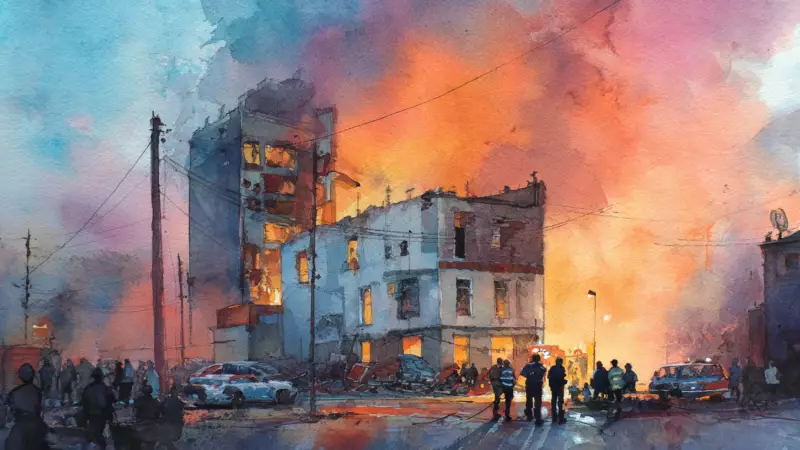
What began as a textbook murder investigation with all the makings of a perfect conviction ultimately unraveled in a spectacular courtroom collapse, exposing critical flaws in forensic procedures and investigative protocols.
The Case That Seemed Air-Tight
Investigators initially believed they had constructed an impeccable case against the accused. The evidence appeared compelling, the timeline seemed logical, and the motive appeared clear. Law enforcement agencies were confident they had secured a conviction that would stand the test of judicial scrutiny.
Forensic Fiascos Emerge
As the trial progressed, the prosecution's carefully built case began showing cracks. Critical forensic evidence, once considered the cornerstone of their argument, failed to withstand scientific examination. Key pieces of physical evidence that were supposed to connect the accused to the crime scene revealed contamination issues and procedural lapses.
Chain of Custody Breakdowns
The handling of crucial evidence raised serious questions about preservation protocols. Multiple points in the evidence chain showed irregularities that compromised the integrity of the investigation. What should have been ironclad proof became questionable at best.
Witness Testimonies Unravel
Eyewitness accounts that initially seemed consistent began showing contradictions under rigorous cross-examination. Key witnesses altered their statements, while others revealed inconsistencies that cast doubt on the entire narrative presented by the prosecution.
Procedural Missteps Exposed
The investigation suffered from multiple procedural errors that ultimately proved fatal to the case. From improper evidence collection to documentation discrepancies, each misstep contributed to the case's eventual collapse.
Judicial Scrutiny Reveals Truth
The presiding judge's analysis highlighted numerous instances where the investigation fell short of legal standards. The court noted that while the crime was indeed serious, the evidence presented failed to meet the threshold required for conviction beyond reasonable doubt.
This case serves as a stark reminder that even the most promising investigations can crumble when fundamental procedures are compromised. The pursuit of justice requires not just solving crimes but doing so with unwavering adherence to legal and scientific standards.





